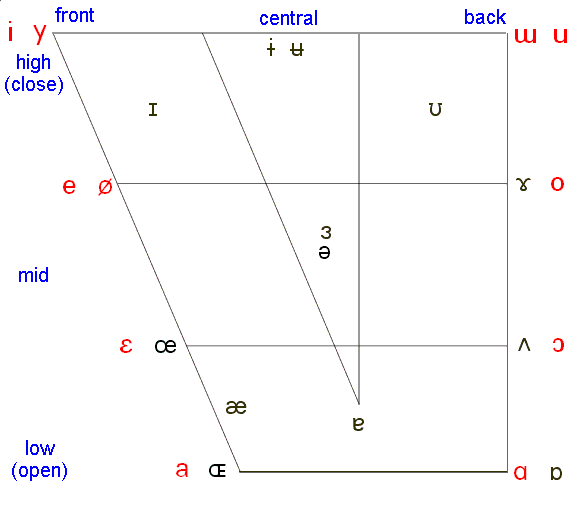by David Crystal
I’ve been an ardent fan of David Crystal since I read his Cambridge Encyclopedia of Language. I have subsequently snarfed up everything he has published, and in general I’ve been pleased. But with this book, I think I’ve gotten my fill of Mr. Crystal. It’s not that the book is bad; I rate it as “fairly good”. It’s not that the book rehashes old material. Although some of the material in this book is recognizable from his earlier works, there’s plenty of new material.
The problem with this book is that Mr. Crystal has exhausted his great material and is scraping the bottom of the barrel for new ideas to write about. This work has an interesting structure: 73 short chapters, each entitled something like “How X happens or works”. Some of the chapters are genuinely interesting, some not so interesting, but with 73 chapters, there should be enough interesting material for everybody. The problem for me is that I have already read a lot about linguistics and so there was very little that is new to me.
The one thing I’d like to see is a really clear explanation of the cardinal vowel diagram:

Although I’ve seen this diagram many times, I’ve never quite mastered it. It maps out how the various vowels we use according to the position of the tongue and lips. The horizontal axis (marked by front, central, and back) specifies which part of your tongue is raised while producing the vowel. The vertical axis (marked by high, mid, and low) specifies how high the previous portion of the tongue is while producing the vowel. This is all very subtle; you can’t figure it out by articulating various vowels and feeling where your tongue is.
What makes this diagram so difficult to understand is the use of standard linguistic symbols for vowel sounds. This is unavoidable – when a letter such as “e” can make the different sounds heard in “meet”, “met”, “weight”, “label”, and “get”, we can’t use such letters. Instead, linguists have developed a precise set of symbols that have precise meanings. The problem with this is that linguists forget that we unschooled readers can’t remember the entire set. Some dictionaries have a band across the bottom of each page defining every sound symbol they use. It would be a godsend if linguists would do the same. I found one good mapping, but it was for Australian English, which doesn’t help me. However, I did find this table:

Which allowed me to partially fill in the vowel diagram, like so:
As you can see, this still leaves much to be desired. I really don’t understand why nobody has published such a diagram – at least, not anywhere that I can find it on the Web.
Oh well. This means that I *still* don’t understand the Great Vowel Shift that occurred in English around the 14th century.
